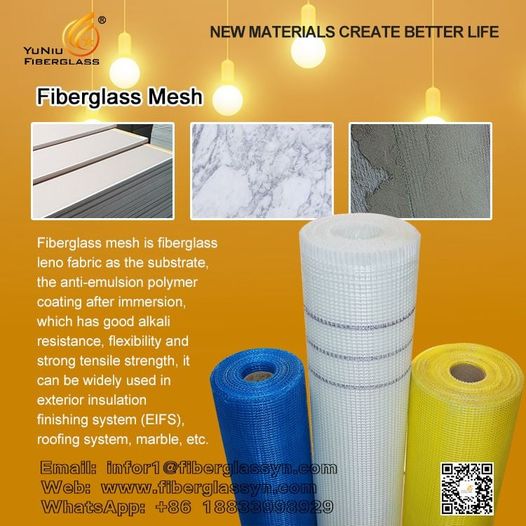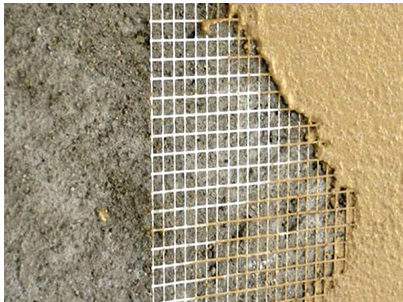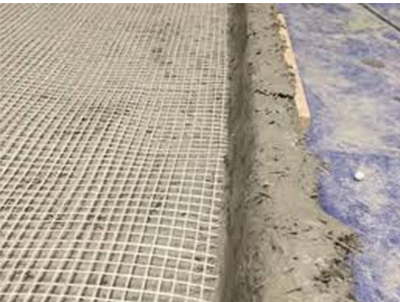Email: info@hdfiberglass.com Whatsapp: +86 15200033566
Views: 0 Author: Site Editor Publish Time: 2023-05-04 Origin: Site








Fiberglass is a versatile material that has a wide range of uses in the construction industry. It has been used to reinforce and strengthen a variety of different building materials, including concrete, brick, and stone. In this essay, we will explore the various types of fiberglass reinforcement materials that can be used in building construction, and discuss their advantages and disadvantages from three different angles: cost, durability, and installation.
What is Fiberglass?
Fiberglass is a synthetic material made up of thousands of tiny glass fibers. It is extremely strong, lightweight, and durable, making it an ideal material for reinforcing building materials. The fibers are usually woven together in a cloth-like fabric, which can be used to add extra strength and stability to a structure.
Glass fiber reinforced concrete is also resistant to corrosion and fire, making it a popular choice for reinforcing walls, floors, and ceilings in buildings.
Types of Fiberglass Building Reinforcement Materials
There are several types of fiberglass reinforcement materials that can be used in construction. These include:
• Fiberglass mesh: This type of fiberglass is woven into a mesh-like fabric and is used to reinforce walls, floors, and ceilings. It is lightweight and easy to install, and its open texture allows the reinforced material to breathe.

• Fiberglass rods: Fiberglass rods are round, hollow rods that are used to reinforce concrete and masonry walls. They are usually inserted into pre-drilled holes in the wall and can be used to add extra strength and stability to a structure.
• Fiberglass laminates: These are thin sheets of fiberglass that are used to reinforce walls and roofs. They are typically applied in layers and are designed to provide extra support and strength to the structure.
Advantages of Fiberglass Building Reinforcement Materials
Fiberglass reinforcement materials offer many advantages for building construction. They are lightweight and easy to install, and they can provide extra strength and stability to a structure. They are also resistant to corrosion, fire, and moisture, making them an ideal choice for reinforcing walls, floors, and ceilings.


Cost
Fiberglass reinforcement materials can be a more cost-effective solution than some other reinforcement materials, such as steel or rebar. This cost savings can be especially useful for large-scale construction projects where budget constraints are an issue. Additionally, fiberglass is relatively inexpensive compared to other reinforcement materials, making it an attractive option for many builders.
Durability
Fiberglass is extremely durable and resistant to corrosion, fire, and moisture. This makes it an ideal choice for reinforcing walls, floors, and ceilings, as it will not degrade over time. Additionally, fibre mosquito net may be able to provide extra strength to a structure due to their layered design.
Installation
Fiberglass is lightweight and easy to install, which can save time and money on construction projects. Additionally, fiberglass does not require additional tools or special equipment for installation, making it a relatively simple solution for reinforcing building materials.
Disadvantages of Fiberglass Building Reinforcement Materials
While fiberglass building materials offer a number of advantages, they do have some drawbacks. They can be expensive and difficult to work with, and they are not as strong as some other reinforcement materials, such as steel or rebar. Additionally, some types of fiberglass can be subject to UV damage, so they may need to be replaced more frequently than other materials.
Conclusion
Fiberglass is a versatile material that can be used to reinforce and strengthen a variety of different building materials. It is lightweight, easy to install, and resistant to corrosion, fire, and moisture. Additionally, it is relatively inexpensive compared to other reinforcement materials. However, it is not as strong as some other materials, and it can be subject to UV damage. Therefore, it is important to consider the advantages and disadvantages of using fiberglass reinforcement materials when making decisions about building construction. Fiberglass can be an effective and cost-efficient solution for reinforcing walls, floors, and ceilings, but it is important to consider factors such as cost, durability, and installation when making decisions about which material to use.
Is it better to choose emulsion or powder for glass fiber chopped strand mat?
Building Stronger Ships: Application Cases And Technical Advantages of Yuniu Chopped Glass Fiber Mat
Yuniu Fiberglass Chopped Strand Mat - Helping Your Project To Success
Corporate Visual Identity of Hebei HaiDing Fiberglass Manufacturing Co., Ltd.
What does the price increase of fiberglass products (chopped strand mat) mean?
Fiberglass Materials for Electrical Insulation and Electronics Applications